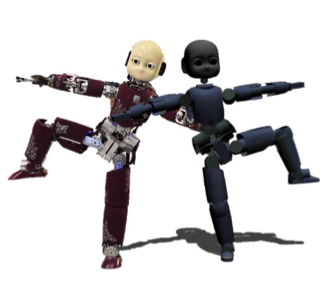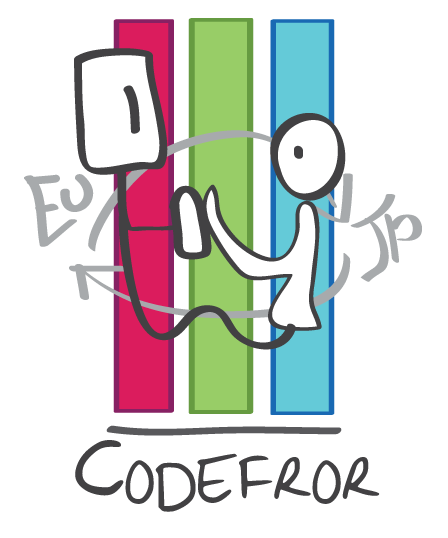Title: The body of embodiment
Understanding Embodiment in human-agent interaction – an interdisciplinary approach
Robots and virtual agents are progressively becoming more ubiquitous in our society. Although both types of agents may have an embodiment either physical or simulated (Pfeifer and
Scheier,1999), a crucial difference exists, in terms of the possibility to share the same space of the
users. There is currently an active discussion on the potential impact of physical presence on
interaction and agent perception (e.g., Li 2015, Moosaei,et al. 2017, Ferrari and Eyssel 2016), both
for the investigation of social cognition (e.g. Sciutti et al. 2015) and in applications of agents in the
social domain (e.g. Fisher, Lohan, Foth 2012). For instance, is a physical agent better than a
virtual agent in the context of teaching children or acting as receptionist?
The workshop “The body of embodiment” will focus on the role of an agent’s embodiment and
physical presence and their effects on social human-agent interactions.
The following core research questions will be explored with a multidisciplinary audience:
These three key questions are at the core of ongoing discussions in the field of HRI, HCI and HAI
and this workshop aims to shed light on the development of a common ground and mutual
understanding among experts in the field of embodiment research, coming from robotics,
neuroscience, psychology, computer science and AI. We believe that this event will strengthen the
communication among the different research areas in the field of interaction between humans and
novel technologies. Moreover, this workshop seeks to introduce junior researchers who have just
entered the field to this highly relevant and complex concept.
REFERENCES
[1] Pfeifer, R., Scheier, C., 1999. Understanding Intelligence. MIT Press, Cambridge, MA.
[2] Li, J., 2015. The benefit of being physically present: A survey of experimental works
comparing copresent robots, telepresent robots and virtual agents. Int J Hum Comput Stud
77: 23–27.
[3] Moosaei, M., Das, S. K., Popa, D. O., & Riek, L. D., 2017. Using Facially Expressive
Robots to Calibrate Clinical Pain Perception. In Proceedings of the 2017 ACM/IEEE
International Conference on Human-Robot Interaction. 32-41.ACM.
[4] Ferrari, F., Eyssel, F. A. 2016. Toward a hybrid society: The transformation of robots, from
objects to social agents. In A. Agah, J. - J. Cabibihan, A. M. Howard, M. A. Salichs, & H. He
(Eds.), Lecture Notes in Artificial Intelligence (LNAI): Vol. 9979. Social Robotics.
Proceedings of the 8th International Conference on Social Robotics (ICSR 2016)/ (pp. 909-
918). Heidelberg/ Berlin: Springer.
[5] Sciutti, A., Ansuini, C., Becchio, C., & Sandini, G., 2015. Investigating the ability to read
others’ intentions using humanoid robots. Front Psychol 6, 2015.
[6] Fischer, K., Lohan, K., & Foth, K. (2012, March). Levels of embodiment: Linguistic analyses
of factors influencing hri. In Human-Robot Interaction (HRI), 2012 7th ACM/IEEE
International Conference on (pp. 463-470). IEEE.

Copyright (c) Katrin Solveig Lohan All Rights Reserved.





